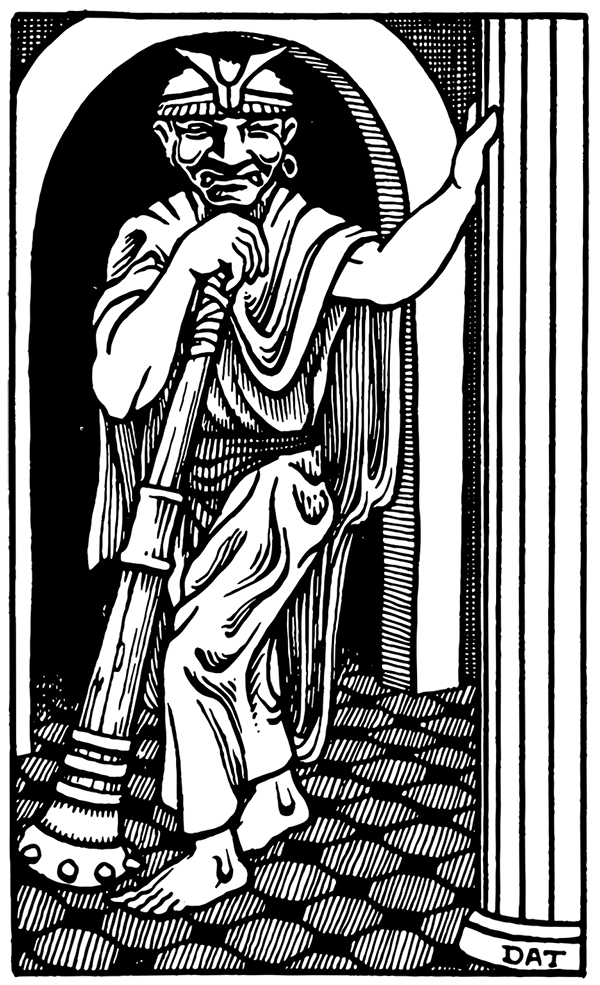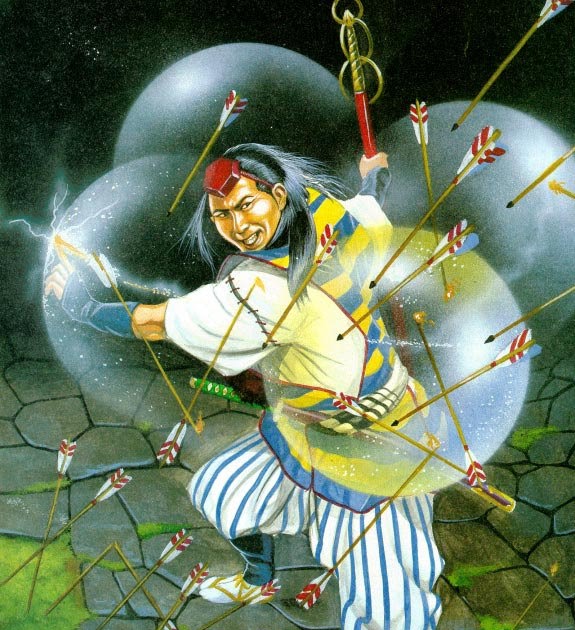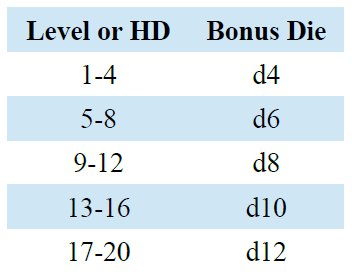OSRIC: Goblin Character Race
In Men & Magic, Gary Gygax wrote, “There is no reason that players cannot be allowed to play as virtually anything, provided they begin relatively weak and work up to the top, i.e., a player wishing to be a Dragon would have to begin as let us say, a ‘young’ one and progress upwards in the usual manner, steps being predetermined by the campaign referee”. (Nota Bene: The link above is an affiliate link.)
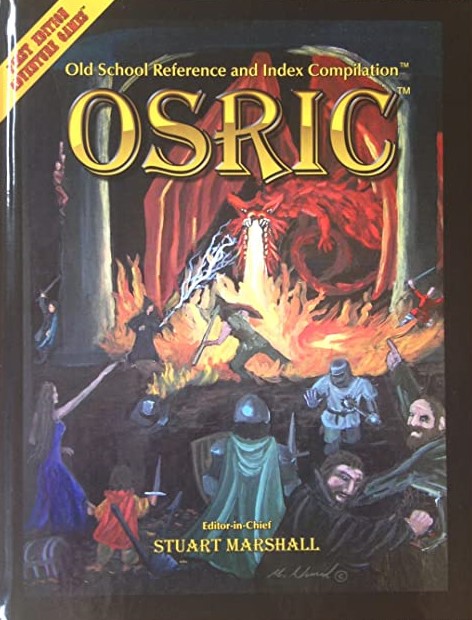
In some ways, 5E D&D looks back to earlier editions, and ignores the 3E/3.5 era in favor of earlier versions of the game. We see this in Volo’s Guide to Monsters, for example, which offers creatures imported from earlier D&D editions for use as player characters, specifically the aasimar, bugbear, firbolg, goblin, hobgoblin, kenku, kobold, lizardmen, orc, tabaxi, tritons, and yuan-ti purebloods. I can’t help but like the options, even if I’ve never used them as a player or DM.
(Well, never is a bit much. Way back in AD&D days, I did run an ogre as a character. His character class? Ogre. I don’t recall all of the details about him, but he had d8 Hit Dice, advanced pretty like a fighter, and attacked like a monster. If I can find his character sheet, I’ll post it.)
So, looking at OSRIC, let’s piece together what goblins might look like as a character race. Here’s an initial list of goblin racial abilities:
- -1 on attack rolls in direct sunlight
- infravision to 60 feet
- 25% chance to notice new or unusual construction
- Speak kobold, orcish, hobgoblin, lawful evil, and goblin
I also notice that a goblin chief has 12 hit points. At 4.5 hit points per Hit Die, that’s almost 3 Hit Dice. Goblins may also be shaman (7th level maximum) and witchdoctors, which are cleric/magic-users with a maximum magic-user level of 4th.
Goblins
Goblins are small, evil creatures with red eyes and a yellow to reddish skin tone. They mature quickly and have an average lifespan of 50 years. Goblins are tribal, with the strongest ruling the tribe. The tribes all owe fealty to the goblin king. Some think goblins are a distant cousin to kobolds, and like their cousins they prefer to live underground. Goblins detest direct sunlight. They are good cavers and have have a deep racial hatred of gnomes and dwarfs.
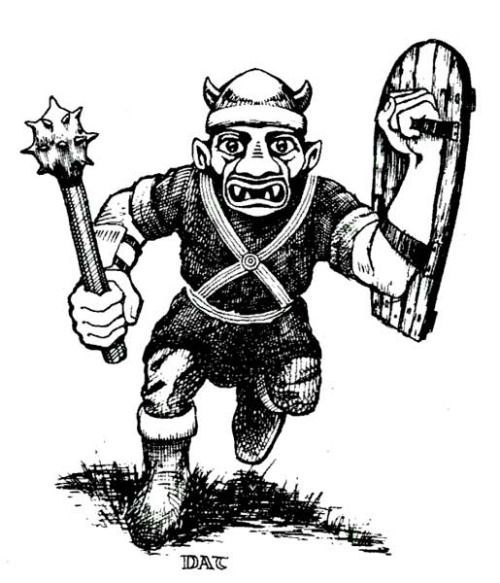
Summary of Goblin Racial Abilities
- +1 Dexterity, -1 Strength
Languages: A goblin speaks its native tongue plus kobold, orcish, hobgoblin, and the appropriate alignment tongue. Regardless of Intelligence, a goblin may only ever learn two languages in addition to those listed.
Vision: Infravision to 60 feet. A goblin’s sensitive eyes cause a -1 attack roll bonus in direct sunlight.
Mining Skills: Within 10 feet, a goblin certain facts concerning engineering, stonework, et cetera. Although no significant time is required, the character must deliberately observe his or her surroundings (i.e., the player must state that the goblin is using this particular talent to gain information).
- Detect the existence of new construction: 25%
- Detect sliding or shifting rooms or walls: 25%
- Detect traps involving stonework: 25%
Multi-Class Restrictions: The more restrictive of any two class requirements apply to multi-classed goblins for the use class abilities.
Permitted Class Options: Cleric, Fighter, Thief, Cleric/Thief, Cleric/Magic-User, Fighter/Thief
Movement Rate: 60 feet
Starting Age:
- Cleric: 10+2d4
- Fighter: 5+2d4
- Thief: 10+2d4
Racial Limitations
Minimum/Maximum Ability Scores: If, after adjustments, the ability scores rolled do not fall within these limits, then the race of goblin is not a valid choice for the character.
- Strength 5/17
- Dexterity 8/19
- Constitution 6/18
- Intelligence 3/15
- Wisdom 3/13
- Charisma 3/12
Level Limitations
- Assassin: NA
- Cleric: 7
- Druid: NA
- Fighter: 5 (STR 17), 4 (STR 16), 3 (STR 15 and below)
- Illusionist: NA
- Magic-User: 4
- Paladin: NA
- Ranger: NA
- Thief: 8 (DEX 17 or higher), 7 (DEX 16 or below)
